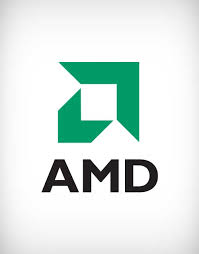When trading in the stock market, two commonly used terms are volume and open interest. While these terms are often used interchangeably, they actually have distinct meanings that can affect how traders view and analyze the market. In this article, we will explore the differences between volume and open interest, using Apple (AAPL) and Tesla (TSLA) stocks as examples.
Volume refers to the total number of shares that are bought and sold during a given time period, such as a day or week. For example, if 10 million shares of AAPL were traded during a day, the volume for that day would be 10 million. Volume is an important metric for traders, as it provides insight into the level of interest and activity in a particular stock. High volume can indicate that a stock is actively traded and that there is a lot of interest in buying or selling it. Conversely, low volume can indicate that there is little interest in the stock, which can make it difficult to buy or sell.
Open interest, on the other hand, refers to the total number of outstanding contracts for a particular security. These contracts represent agreements between buyers and sellers to buy or sell the stock at a specific price and time in the future. For example, if there are 10,000 open interest contracts for TSLA at a strike price of $500, this means that there are 10,000 contracts that have not yet been exercised and could potentially be traded in the future. Open interest can provide insight into the level of activity in a particular options market, as well as the level of interest in a particular stock at various price points.
While volume and open interest are related, they are not interchangeable. Volume measures the actual number of shares traded in a given time period, while open interest measures the number of outstanding contracts for a particular security. Therefore, it is possible for volume to be high while open interest is low, or for open interest to be high while volume is low.
Let’s take a look at how volume and open interest can differ in practice by examining AAPL and TSLA stocks. On a particular day, AAPL has a volume of 20 million shares and an open interest of 50,000 contracts. This means that there were 20 million shares traded during the day, but only 50,000 contracts that have not yet been exercised. This could indicate that there is a lot of interest in trading the stock, but that many of the contracts have already been exercised or expired.
On the same day, TSLA has a volume of 5 million shares and an open interest of 100,000 contracts. This means that there were fewer shares traded during the day, but there are more outstanding contracts that have not yet been exercised. This could indicate that there is a lot of interest in trading options for TSLA at various price points, as there are more outstanding contracts that could be traded in the future.
In general, volume is a useful metric for traders to gauge the level of interest and activity in a particular stock. High volume can indicate that there is a lot of interest in trading the stock, while low volume can indicate that there is little interest. Open interest, on the other hand, provides insight into the level of activity in a particular options market, as well as the level of interest in a particular stock at various price points.
In conclusion, while volume and open interest are often used interchangeably, they actually have distinct meanings that can affect how traders view and analyze the market. Understanding the differences between these two metrics can help traders make more informed decisions when trading stocks and options.




